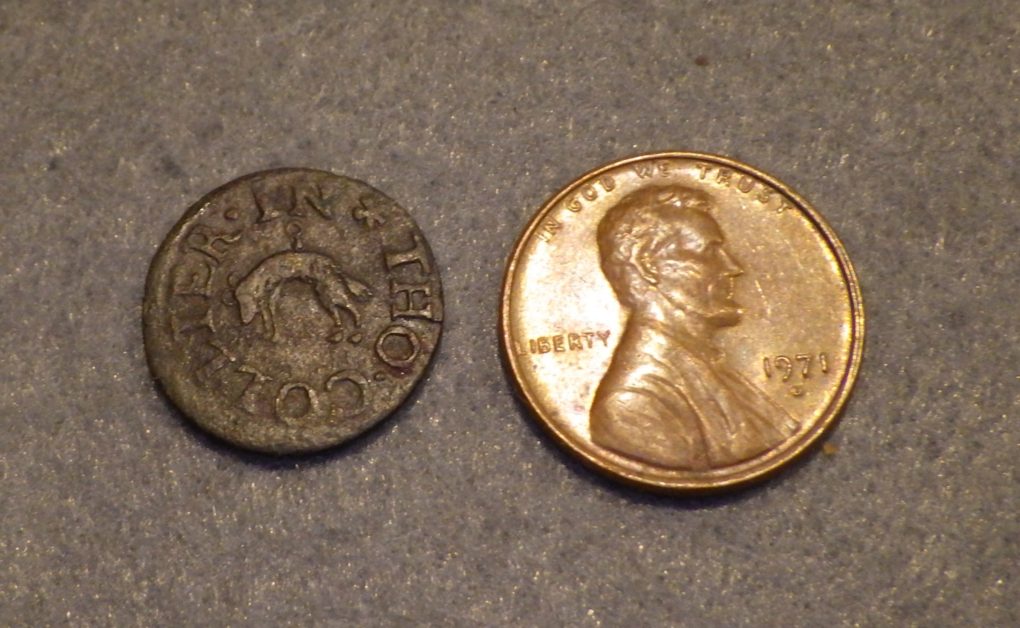
Family researchers tell us that before coming to the New World, several of our Collier line were merchants, drapers, and cloth workers in England. One town where some Colliers are known to have worked their trade is the town of Witney in Oxfordshire, England.
According to Wikipedia, “Witney has been famous for its woolen blankets since the Middle Ages. The water for the production of these blankets is drawn from the River Windrush, which was believed to be the secret of Witney’s high-quality blankets. The Blanket Hall in High Street was built in 1721 for weighing and measuring blankets. At one time there were five blanket factories in the town.” (Today the town’s football team is known as “The Blanketmen”!)
Michelle Redus researched Witney and the Colliers and provided this information.
Collier is one of the oldest names in the history of Witney blanket making. In the 16th century they were both wool and cloth merchants. In an inventory of household goods made at Kenilworth Castle in Warwickshire for the Earl of Leicester in April 1584, an entry reads ‘XXX blankets bought of Colair of Whytney.” A Robert Collier was also one of the first twelve assistants to the Company of Witney Blanket Weavers, along with Thomas Early.
A Government report of 1838 recorded that Horatio Collier then employed at least 20 weavers, Samuel Collier had ten, Thomas Collier had six and Robert Collier had four. Together these men were the most important weavers in Witney at this time, along with the Earlys. They operated not as single company as we would know it today, but rather had separate ventures and would help each other out as required.
The Colliers continued to make blankets for most of the 19th century, but about 1879 William and Harry Smith took over James and Albert Collier’s business at Crawley Mill and Corn Street. This event seems to have marked the end of the Collier family’s involvement in the blanket industry in Witney.
This a picture of a copper farthing trade token issued by Thomas Collier of Witney. It dates from about the 1650s to the 1660s. In the mid to late 1600s many English merchants and municipalities issued their own tokens to be used in trade, there being a lack of official money.
One on side we see ”CLOTHIER” and “WITNEY” encircling a trademark “T” over “C” logo.

On the opposite side is “THO COLLIER” with a fleece in the center, signifying a wool merchant.

